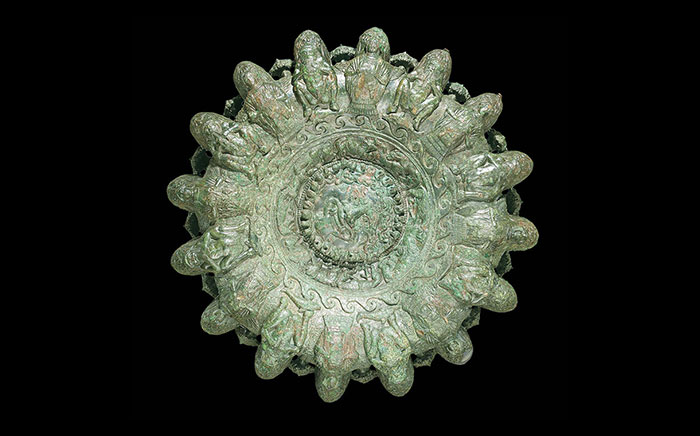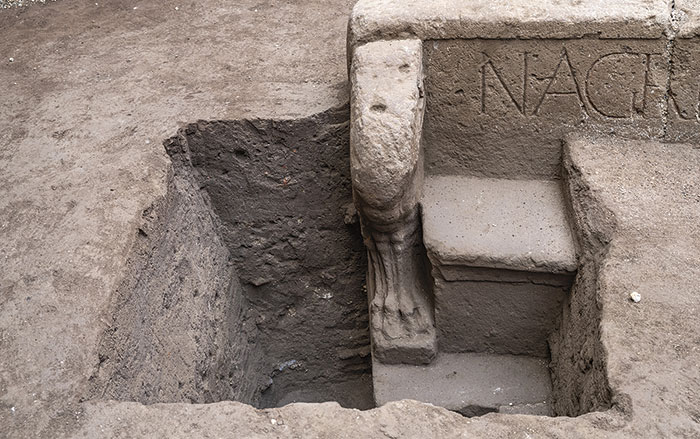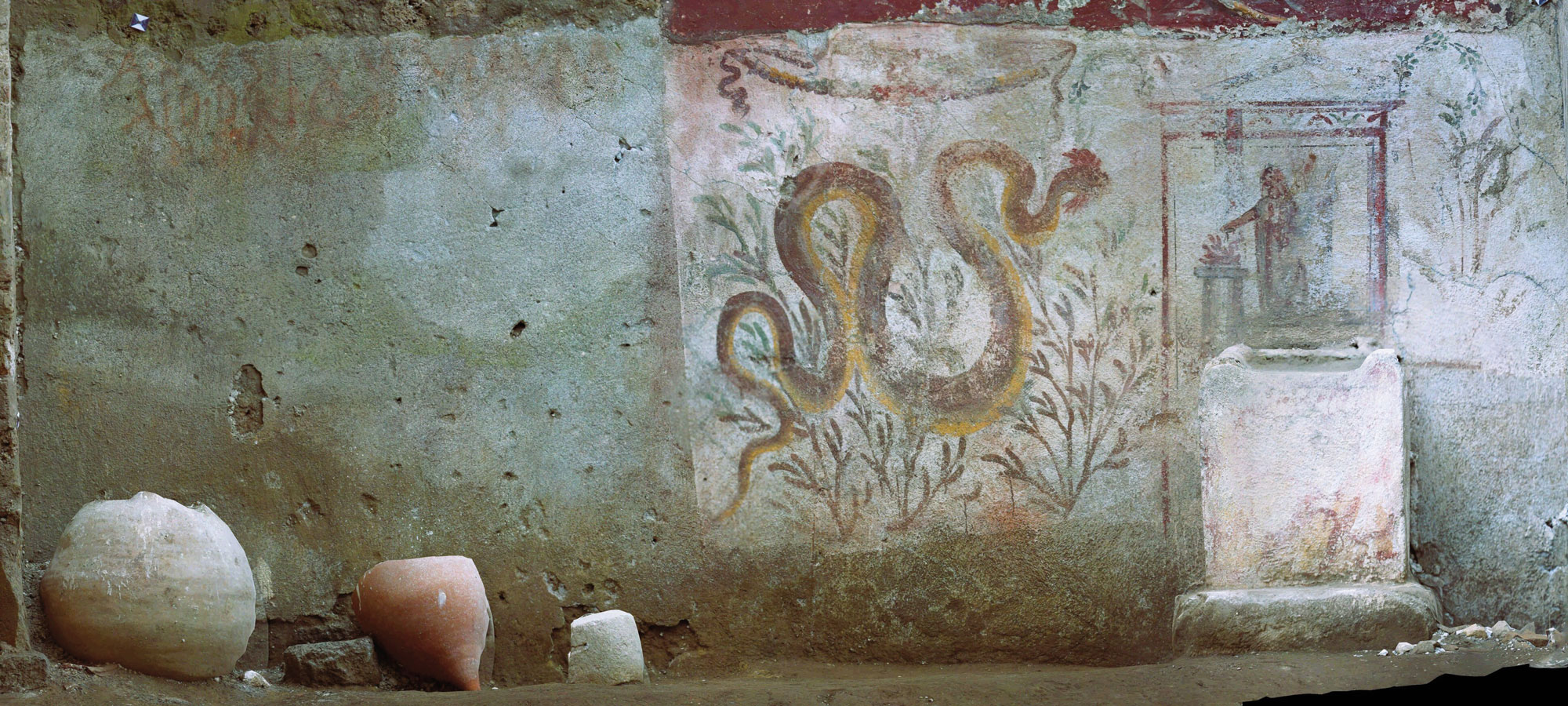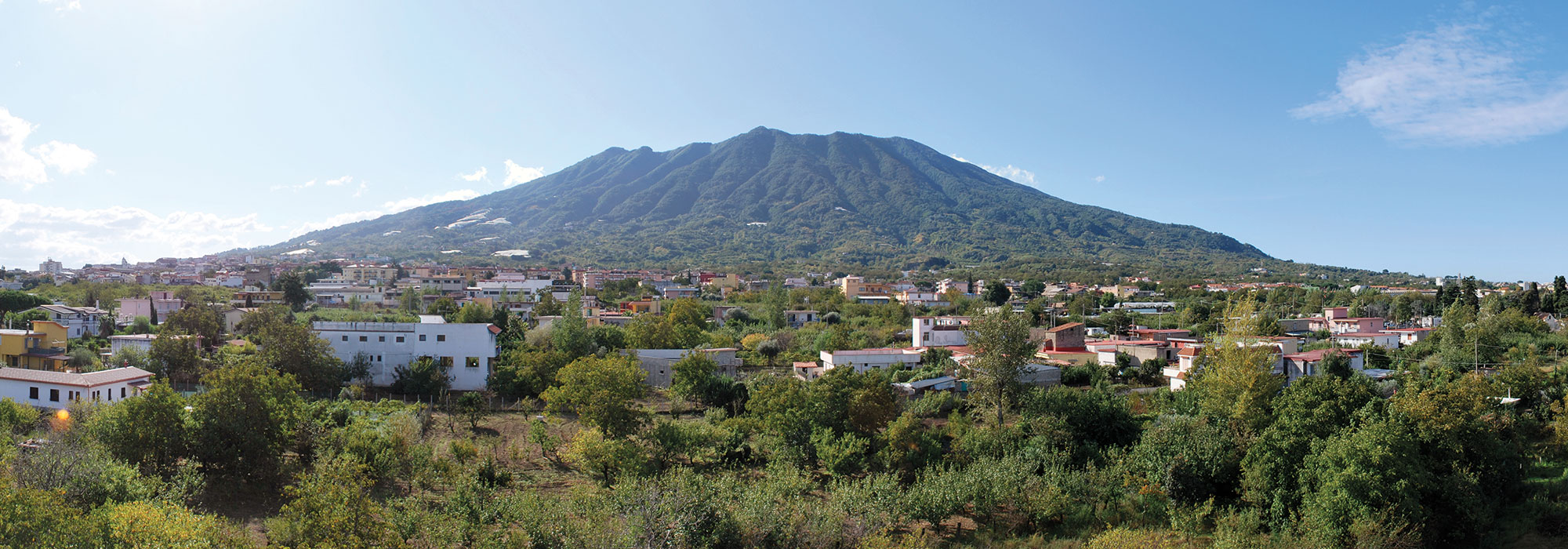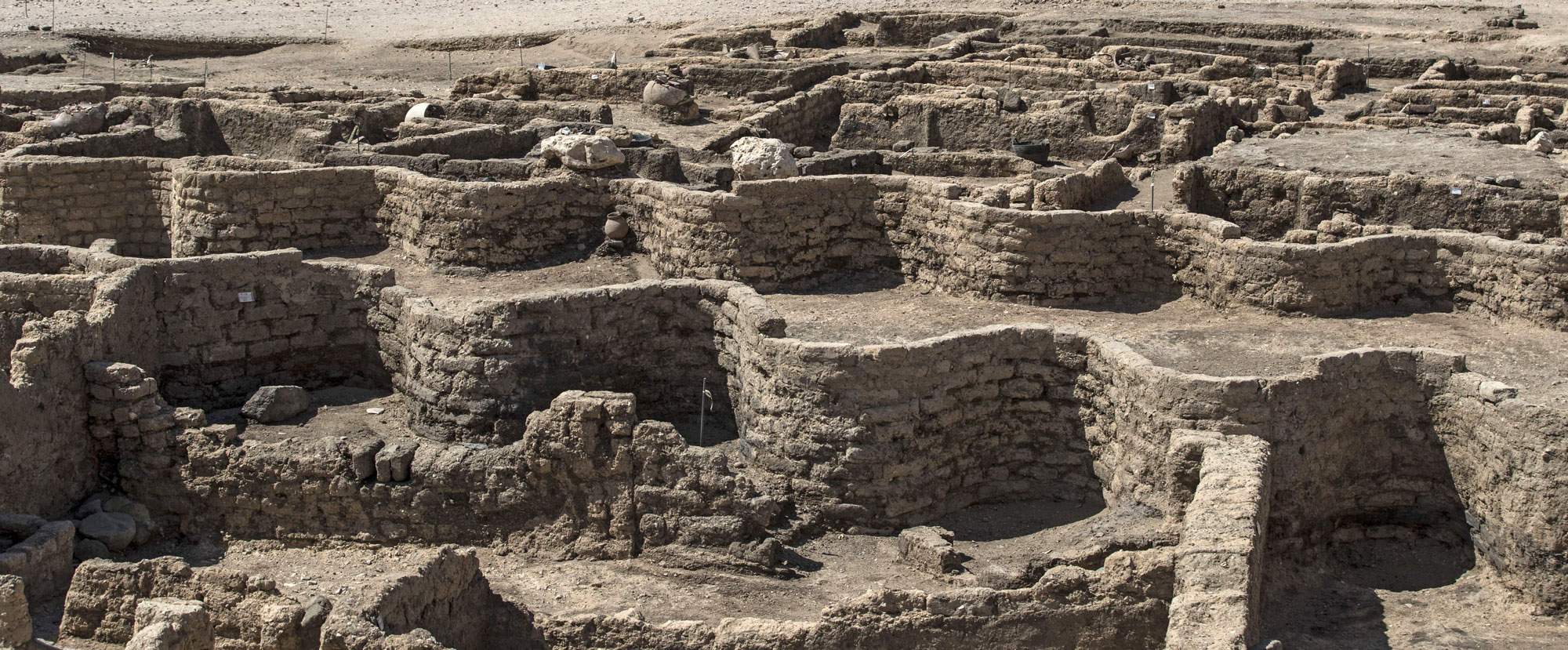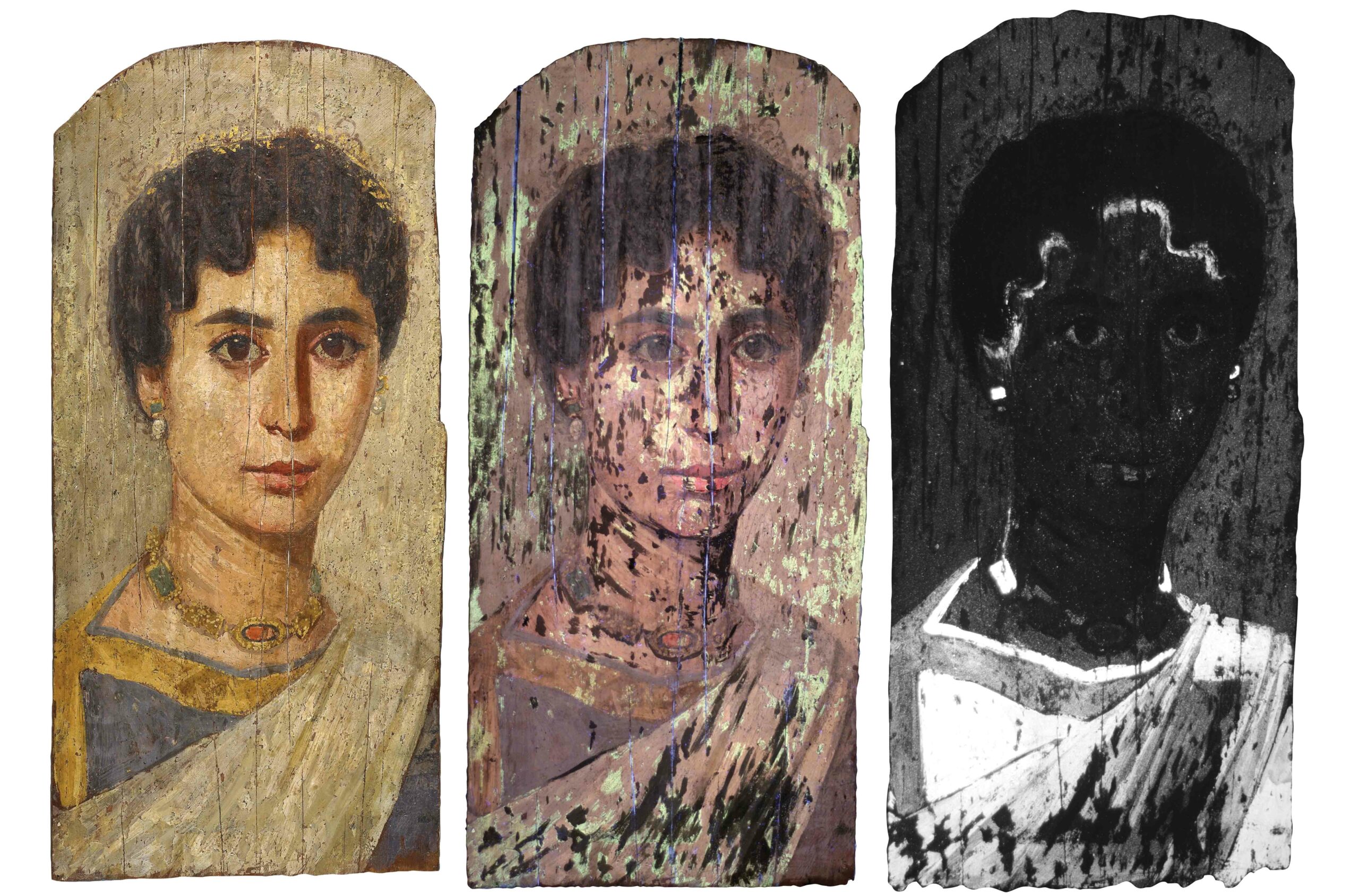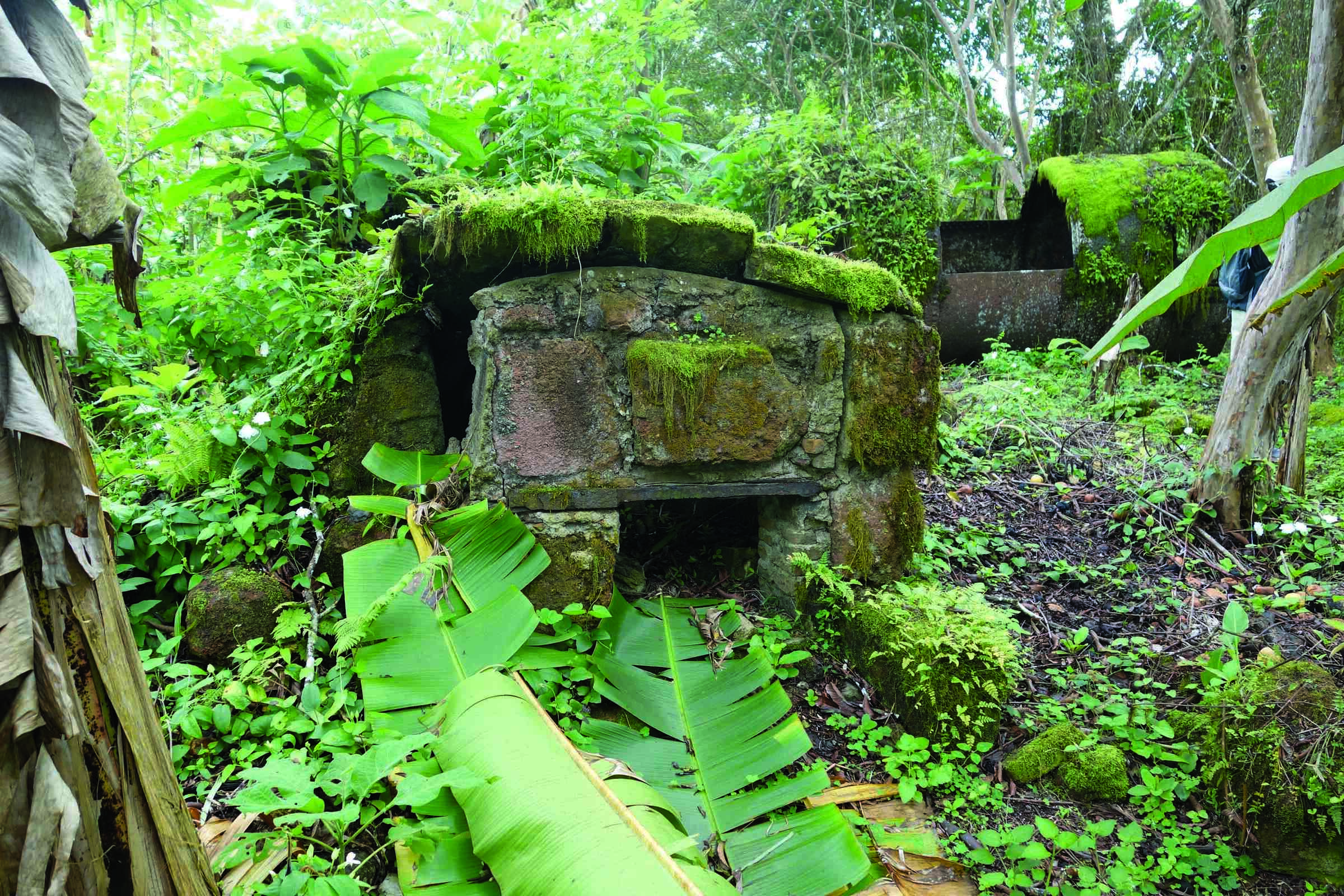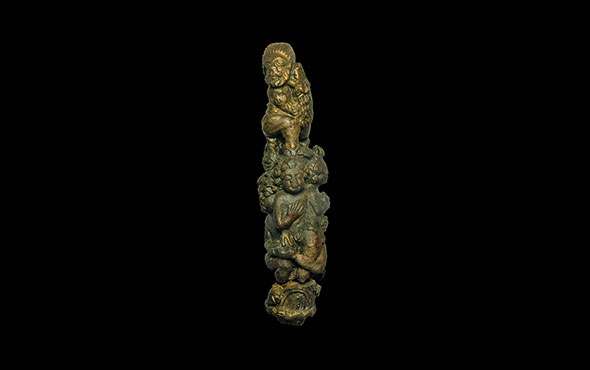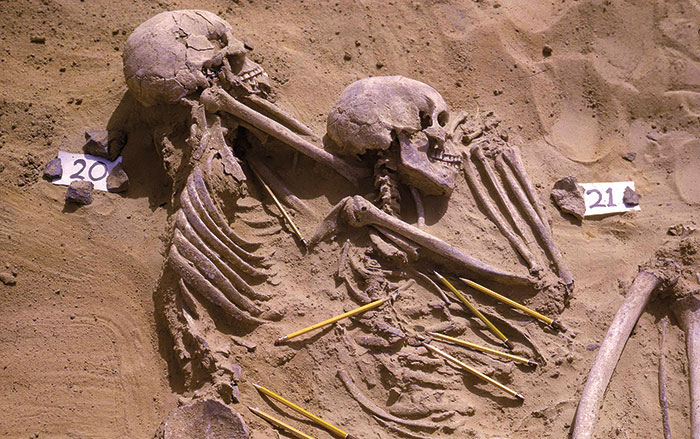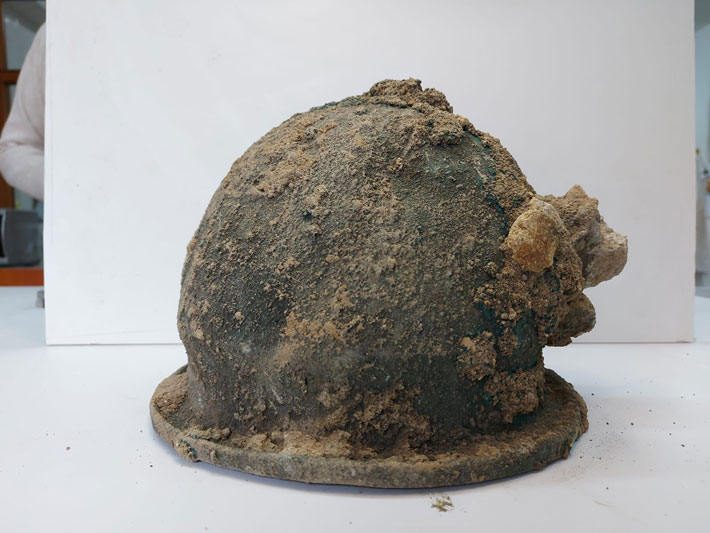
SALERNO, ITALY—The Associated Press reports that excavations in southern Italy at the site of the ancient Greek city of Elea have uncovered a well-preserved Greek helmet, a helmet of Etruscan design, vases inscribed with the Greek word for “sacred,” metal fragments that may have been weapons and armor, and the remains of a building dated to the sixth century B.C. The rectangular building, thought to have been a temple, was about 60 feet long and 20 feet wide, with a beaten earth floor. The painted vases were found resting on tiles that had been placed on the floor. Italy’s State Museums Director Massimo Osanna said the objects, including items taken from the enemy, may have been offerings to Athena, the Greek goddess of war and wisdom, after the Battle of Alalia. The Greeks were victorious over Etruscan forces and their Carthaginian allies in the naval battle, which was fought off the coast of Corsica in the Tyrrhenian Sea, at about the time the temple was constructed in Elea. To read about a bronze helmet unearthed in a Picene tomb in central Italy, go to "Fit for a Prince."


